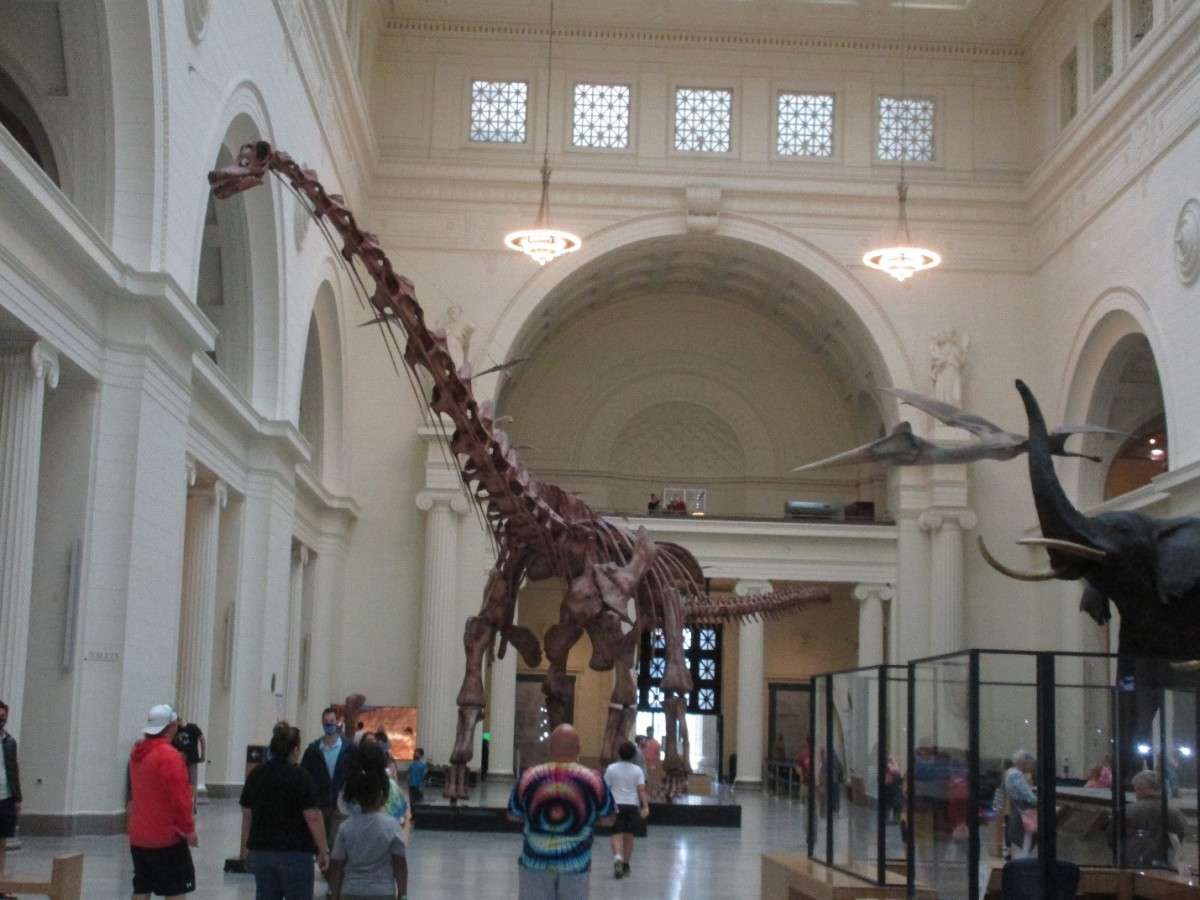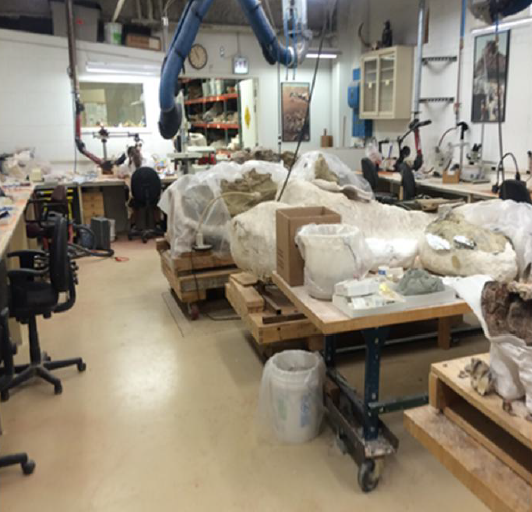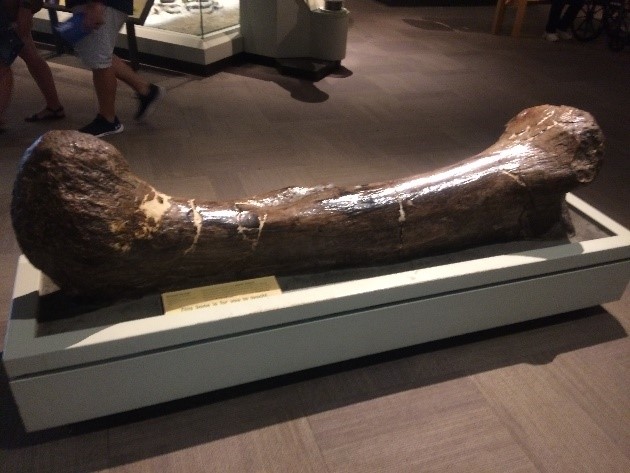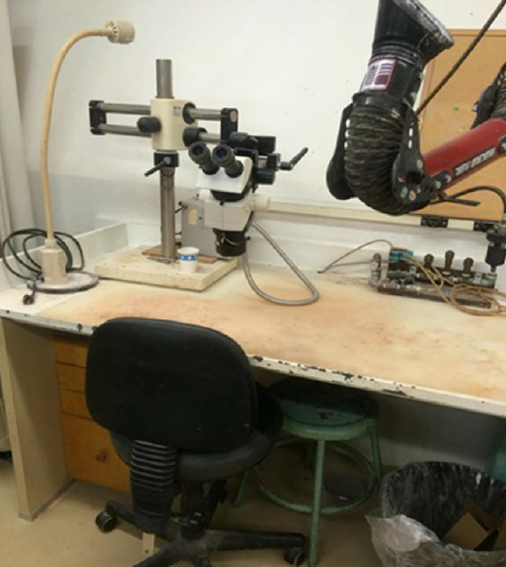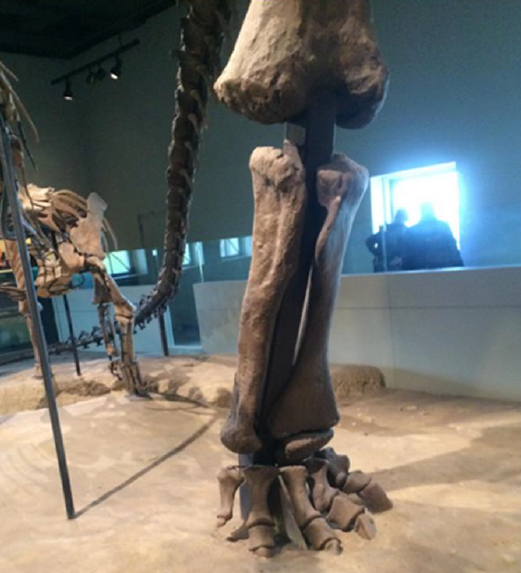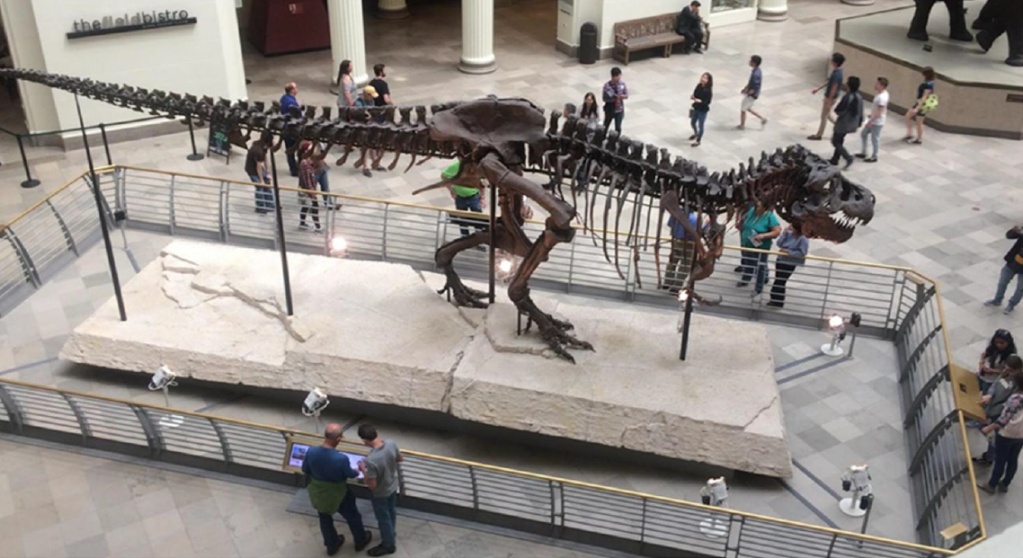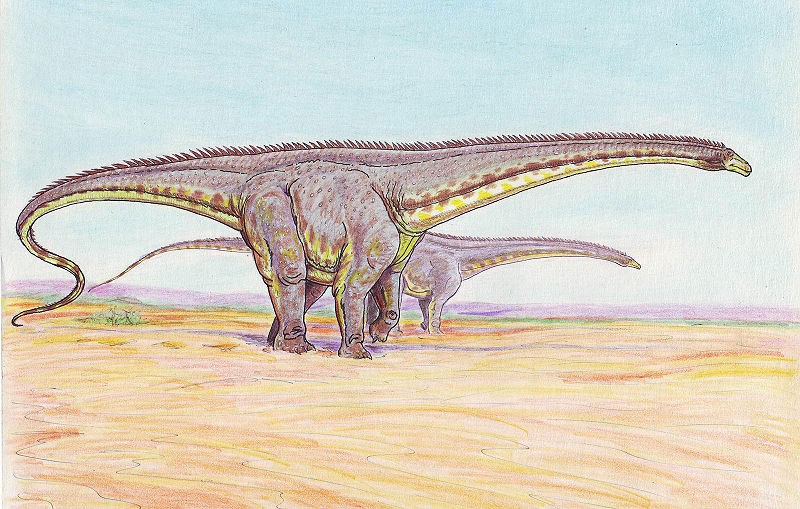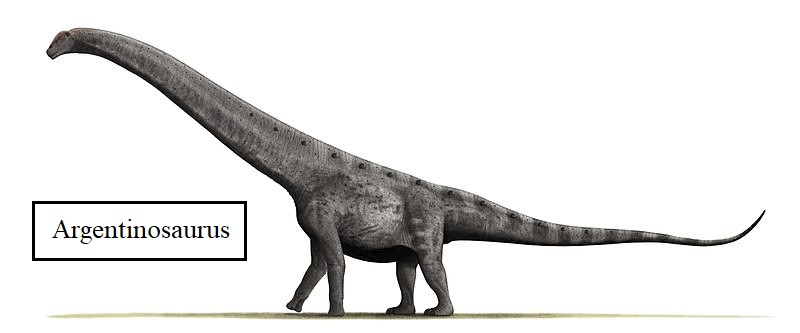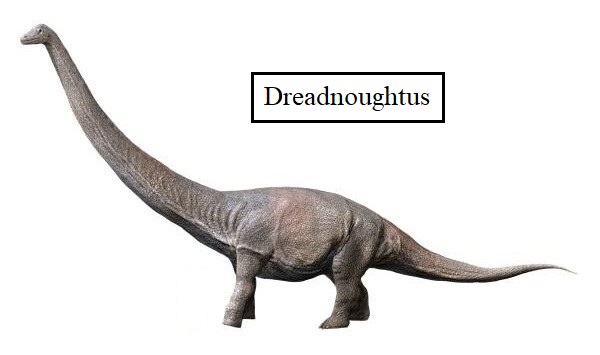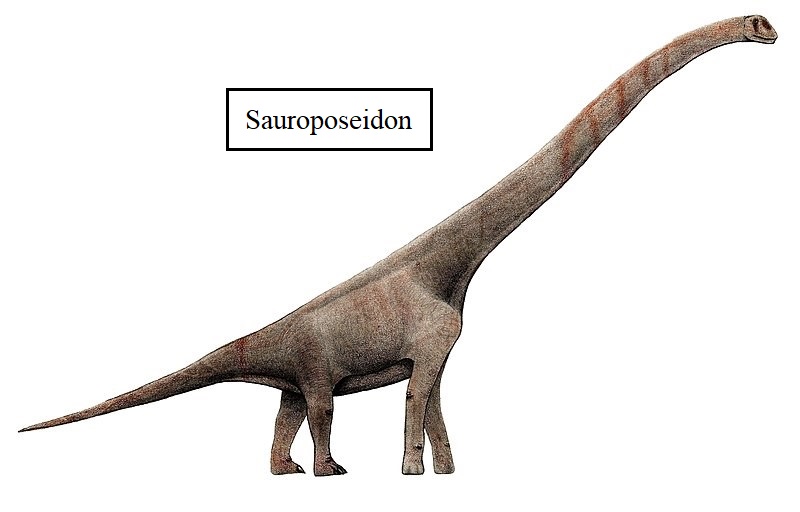The Brontosaurus is one of the most famous dinosaurs in the world. Millions of people know its name. Most can recognize its huge shape. It’s been on lunch boxes, made into countless toys, and was featured on a U.S. postage stamp. It even served as the official icon of Sinclair Oil company. However, there is one problem: there is no dinosaur named Brontosaurus.
How did this happen? When dinosaurs were first discovered in the 1820s, the idea of those huge reptiles stalking the earth caught people’s imagination. Every museum in the world wanted to display a huge skeleton of a dinosaur. But it takes many years to find dinosaur bones, dig them up and put together a dinosaur skeleton. Over the next sixty years the competition to discover dinosaur bones grew, and then it became especially fierce during the 1880s. In fact, that time is now known as the “Bone War.”
From 1877 to 1892, two paleontologists in particular, Edward Cope of the Academy of Natural Sciences in Philadelphia and Othniel C. Marsh of the Peabody Museum in Connecticut, were the fiercest competitors. They used their own money to finance expeditions and to buy dinosaur bones from other fossil hunters.
In the beginning Cope and Marsh just paid collectors to send them fossils. But this was only the start. As the rivalry intensified, each side spied on the other, stole bones when they could, bribed workers, and even blew up fossils with dynamite so that the other side couldn’t get them. As soon as either dinosaur hunter got new bones, he rushed to get a description into print. Whoever publishes a description of a new dinosaur first gets to name it, and each man wanted to be the one to name the most. In the end Cope lost. He named 56 new dinosaur species, while Marsh named 80. And by the end of the Bone Wars in 1892, both men had gone nearly bankrupt trying to be the best (or most famous) paleontologist. And the hurry of both men led to mistakes.

In 1877 Marsh published a papernaming a new dinosaur, Apatosaurus ajax. Its name means “deceptive lizard,” which turned out to be the truth. The description was based on only a few bones. Two years later Marsh published another article describing what he thought was a different dinosaur, Brontosaurus excelsius. This description was based on one of the most complete skeletons of a long-necked dinosaur ever found. Brontosaurus means “thunder lizard,” and the catchy name became popular. The mount of that Brontosaurus skeleton in the Yale Peabody Museum of Natural History increased its popularity. Unfortunately, one of the missing pieces of the skeleton was its skull. Not to worry. Marsh just put a Camarasaurus skull on it.
But, in 1903, Chicago paleontologist Elmer Riggs took a look at both dinosaurs. He determined that the two dinosaurs were actually the same dinosaur. It was given the name Apatosaurus first, and the International Code of Zoological Nomenclature states that the oldest name has priority, so that is the name used by scientists. Brontosaurus became Apatosaurus. And in 1979 scientists finally put the right skull on the skeleton. Still, the general public didn’t let go of the name Brontosaurus until about the 1990s. It was just too cool a name to let go.
However, all is not lost. There is a movement to resurrect the name Brontosaurus. In 2015 paleontologists studied hundreds of bones from Apatosaurus and the dinosaur called Brontosaurus and found differences in the neck, back, and shoulder bones. Originally scientists thought those difference were because one of the dinosaurs was a juvenile. Now some feel these differences are enough to say Brontosaurus and Apatosaurus are different dinosaurs. But this has not gained wide acceptance. More research may resolve the problem. But a lot of people who are just dinosaur lovers would welcome the return of the “thunder lizard.”
Cover Image Source: An Errant Knight, CC BY-SA 4.0, via Wikimedia Commons

